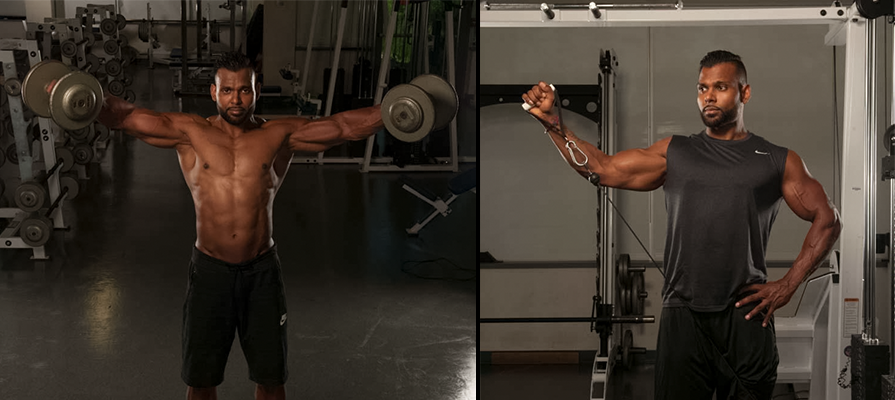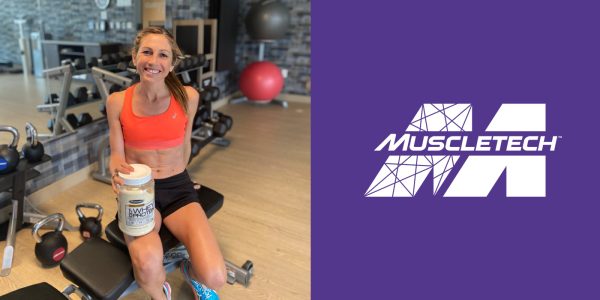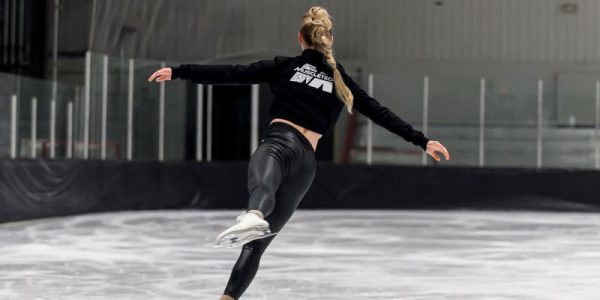Let’s do a quick experiment that I promise will teach you a lesson you can immediately apply to your training efforts.
First, grab a 30-pound dumbbell and hold it close to your body, about chest height, for 60 seconds. Taking either an extended break or using your opposite arm, use the same weight and now fully extend your arm, holding it away from your body for 60 seconds.
My question for you is, which felt harder?
I mean, you used the same 30 pounds for each trial, so shouldn’t they have been equally difficult? If you took the test, you know that wasn’t the case.
Using Physics to Build Your Physique
This seems like a trick question, but in some cases 30 pounds isn’t really 30 pounds! Anyone with a background in physics knows what’s going on here. That’s because load isn’t the only factor determining the forces that are applied on your shoulder joint when holding up the weight. Essentially, the force applied by the dumbbell on your shoulder joint is multiplied the further your arm is extended. This is sometimes referred to as having a longer lever arm.
For single-joint movements like front or lateral raises, shortening the distance the weight is from your body (for example, holding your arm in an L position) makes the movement easier. Conversely, if you keep your arm a bit more extended, it becomes more difficult.
You commonly see evidence of this concept in action among trainers who do lateral-raise or front-raise movements with highly bent arms. (Note: This doesn’t refer to bending or extending the elbow during the motion but rather keeping the elbow highly bent for the duration of the set.) If you’ve always locked only a slight bend in your elbows and suddenly switch to the highly bent version, you may convince yourself you’ve gained strength all of a sudden when in fact you’ve simply made the movement easier. This easier variation is how gym bros often execute these exercises to show they can lift heavier weights, impressing no one but themselves.
This same concept also comes into play on leg day, especially with exercises like lying leg curls and leg extensions. When you shorten the lever arm, meaning the padded bar is higher up and closer to your knees rather than farther down by your feet, you also affect torque and the resultant force on the target muscle group.
There are any number of ways you can find shortcuts in the gym to make any given movement easier. What you should be asking yourself is whether that’s the smartest approach for making muscle gains.
By Bill Geiger, MA









